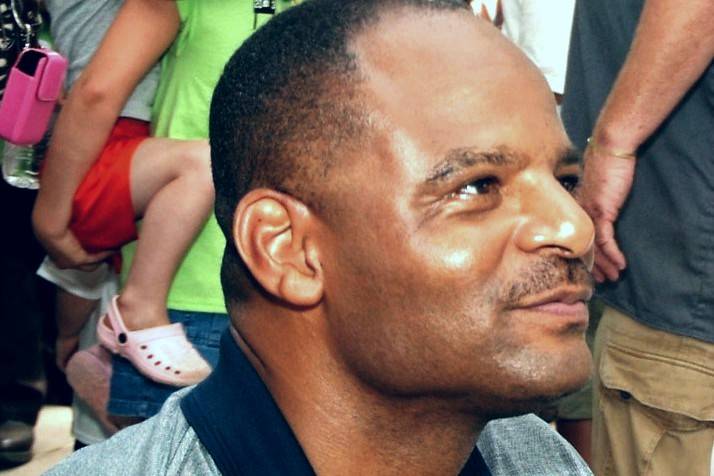Ebbesmeyer That floating debris dispatched to the Pacific in March by the Japan earthquake and tsunami has likely already arrived on the Washington coast (chart below) but nobody’s discovered it yet, says Seattle oceanographer Curtis Ebbesmeyer, the finder of lost feet and rubber duckies. The Japan flotsam field is about the size of California, and most of it will take months to arrive. But bigger objects should already have landed, he says.”No reports as yet,” says Ebbesmeyer, 68, known as Dr. Duck to the schoolkids he lectures on flotsam, jetsam, and buoyant body parts, “though our model shows the larger debris, like boats and big buoys, on our coast as of October 31.”
The former University of Washington oceanographer (featured in a 2008 Seattle Weekly
cover story about those floating tennis shoes with human feet that washed up on the shores of British Columbia) says his computer simulation puts the Japan flotsam drift on a collision course with the Northwest.By his calculations, the debris has been hitting the coastal shores from Washington to Alaska for more than three weeks.”This is a lot earlier than government predictions because this simulation applies to flotsam drifting at 20 miles per day which thus cross the Pacific in eight months,” he says.Ebbesmeyer, now a consultant and the co-author with ex-Weekly writer Eric Scigliano of Flotsametrics and the Floating World, endlessly tracks surface currents and watery curiosities such as floating garbage patches and container spills to determine flow patterns. His notable research efforts include mapping the destination of bath toys and sports shoes whose shipping containers tumbled off deck and into the ocean, later washing ashore. In 2003 he accurately projected the land arrival of 5,500 pairs of Nike sports shoes that went overboard in the Pacific. Moochers stormed the coastal beaches, and many indeed found shoes – but, alas, not necessarily in pairs.He’s also consulted by investigators trying to determine the watery trail of bodies and body parts. He once helped to connect, so to speak, a head found on an Oregon beach and a torso found on the Washington coast. He’s a go-to guy for the media as well, and helped explain the case of seven sports shoes found on beaches in a short period with their owners’ feet still attached: Most likely they were the coincidental resurfacing of decomposed remains from assorted drowning victims, not a mass de-footing.Now Ebbesmeyer is getting frequent inquiries from reporters asking where the latest debris flow, adrift from Japan since March 11, has gone.Dr. Duck tells them it’s just a matter of time before the news begins washing in from his trusted seashore snoops.”I’m hoping the flurry of media attention will cause beachcombers to be on special alert,” he says, “and report.”







